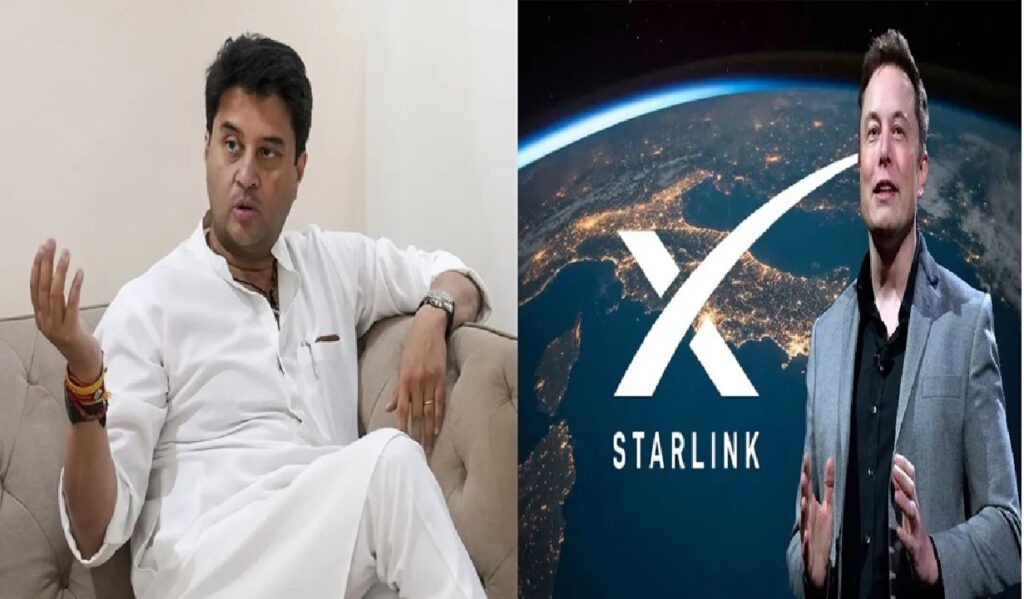Author: Akshay Published Date: June 13, 2025
Introduction
India has just given Starlink the green light—but before you see dishes popping up on rooftops, there’s a long runway ahead. Elon Musk’s satellite internet venture, Starlink, secured a Global Mobile Personal Communication by Satellite (GMPCS) license from India’s Department of Telecommunications (DoT) in late May 2025. This makes Starlink the third satellite internet provider licensed here, after Eutelsat’s OneWeb and Reliance Jio’s SES joint venture. But before commercial services begin, India has a few checklist items for Musk’s team:
- Additional approval from India’s space regulator (IN‑SPACe)
- Acquisition of satellite frequency spectrum
- Building ground infrastructure (e.g., user terminals, support centers)
- Demonstrating compliance with Indian security and regulatory standards
Given the setup required, experts say it’ll take several months, potentially well into late 2025 or even 2026, before people can finally subscribe.
Ground Reality: Why India Took Its Time
Starlink’s entry has been delayed since 2022. It first began pre-booking in India without proper licensing, which led to a halt until official approvals caught up. Now, the government’s caution reflects the need to balance innovation with national regulations.
Security and transparency: India mandated clear disclosure of shareholding due to foreign investment rules—Starlink’s parent, SpaceX, initially resisted sharing details, citing U.S. privacy laws.
Spectrum control: Deciding between assigned access or auctions became a point of resistance among telecoms, resolved only after concessions were made to SpaceX.
Coordination across agencies: Besides DoT, IN‑SPACe must approve the ground infrastructure. Multiple bureaucracies can slow down timelines.
From a regulatory standpoint, India appears cautious but deliberate, ensuring SpaceX meets every box before going live.
Why Jio & Airtel Are Onboard
Two telecom giants—Reliance Jio and Bharti Airtel—have struck distribution partnerships with Starlink, which are contingent on full licensing being granted.
So what’s in it for them?
- No heavy infrastructure costs: Instead of laying fiber, they can sell Starlink terminals through existing retail outlets and leverage service staff for installation.
- Rural expansion: Starlink aims at areas unreachable by fiber or cellular, like remote mountains and islands, where terrestrial connectivity is scarce.
- Early experiment in hybrid models: They’ll evaluate whether satellite internet can complement urban/home broadband services.
For SpaceX, partnering with big players gives instant access to a wide distribution network. For Indian telecoms, it’s a chance to offer premium connectivity without overhauling networks, though at a price.
Price Tag & Market Reality
Price is Starlink’s biggest hurdle. While international plans cost around US$ $80/month (~₹6,600) plus hardware (~₹30–35k), India’s rural broadband often costs ₹500–800/month with unlimited data.
Estimates suggest Starlink might launch at ₹3,000/month, with promotional offers around ₹840/month, but this likely excludes hardware costs
That means:
- Premium niche: Initially for businesses, NGOs, schools, healthcare in remote areas—not everyday consumers.
- Undercutting competitive internet: Starlink must offer compelling value to compete with fiber and mobile broadband in India’s price-sensitive market.
Across the board, users and analysts agree: Starlink will begin as a high-end, niche solution, not a mass-market disruptor.
Timeline: What’s Ahead?
Here’s a quick breakdown of expected milestones:
| Task | Timeline |
|---|---|
| IN‑SPACe approval for ground stations | June–July 2025 |
| Spectrum allocation | June–Sept 2025 |
| Security/technical trials | Q3–Q4 2025 |
| Terminal setup and partner retail rollout | Q4 2025 |
| Initial B2B and remote area services | Late 2025/2026 |
Realistically, early adopters in remote business sectors or NGOs might get access in late 2025, but urban households will wait until 2026 or beyond.
Beyond India: Global Footprint & Lessons
Starlink already offers service in 130+ countries and has over 6 million subscribers globally—over 65% of all active satellites in LEO. The trusted brand of Elon Musk, combined with strategic partnerships and a global footprint, should help its rollout in India.
However, India’s regulatory caution reflects a maturing satellite internet policy. Other players, like Amazon’s Project Kuiper and India’s OneWeb/Jio-Ses, are also vying for attention, so Starlink must prove both compliance and competitive relevance.
Wrap-Up: What This Means for You
- No Starlink just yet: Despite licensing, infrastructure and tests are still pending. Expect consumer services only in late 2025 or 2026.
- Be prepared for a premium cost: Initial pricing of ₹3,000+ per month (plus hardware) puts it in premium brackets—likely targeting niche segments first.
- Keep your broadband options open: Fiber and affordable 5G will still dominate Indian homes. Satellite internet is best for remote, underserved areas.
- Watch pricing trends: As spectrum costs stabilize and scale improves, expect packages to become more competitive in mid‑late 2026.
For now, think of Starlink as a specialized connectivity solution, not a mass-market replacement.
